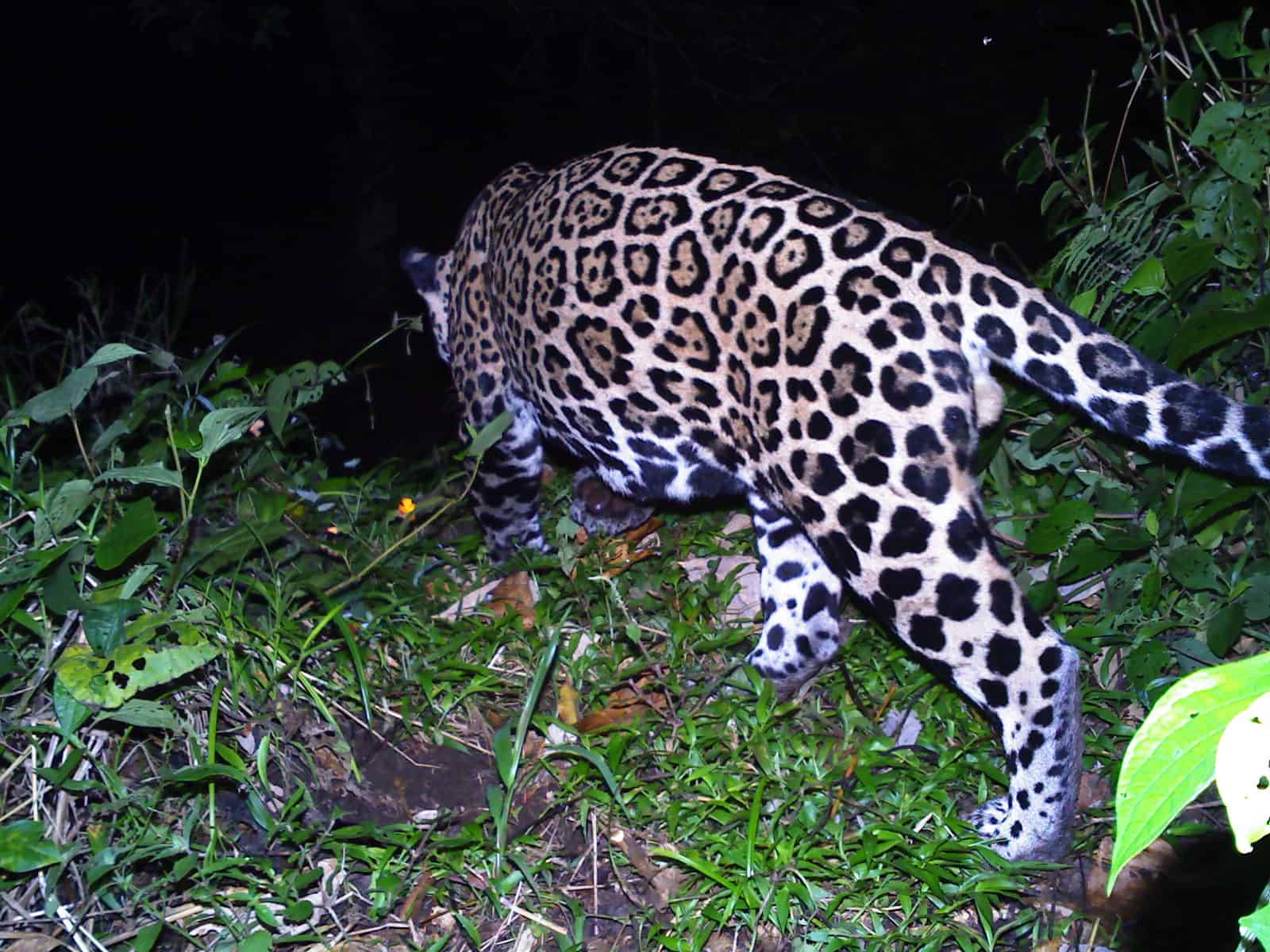Recent studies by Costa Rica’s Sistema Nacional de Áreas de Conservación (SINAC) have revealed a significant uptick in jaguar sightings within Corcovado National Park, a biodiversity hotspot on the Osa Peninsula. Data collected through an extensive network of camera traps indicate a rebound in the jaguar population, a promising sign attributed to robust environmental protection measures and collaborative conservation efforts.
SINAC’s Rastreo Corcovado program, in partnership with organizations like JaguarOsa, has utilized camera traps for over a decade to monitor terrestrial mammals. A notable capture in July of last year, showed a female jaguar named Coral with her cub, suggesting successful reproduction within the park. Evelyn Solano, a park ranger involved in the program, described the sighting as a “signal of hope,” indicating that jaguars are not only surviving but thriving, potentially leading to more cubs in the near future. Since 2021, consistent records of jaguar reproduction have bolstered optimism among researchers.
Experts credit this resurgence to effective anti-poaching patrols, habitat restoration, and community engagement with nearby areas like San Juan and Rancho Quemado. These efforts have helped maintain a high diversity of prey species, such as peccaries and deer, which sustain top predators like jaguars. Preliminary data in 2023 also suggest that Corcovado’s ecological integrity, measured by species diversity and energy transfer, is robust, further supporting jaguar recovery.
However, challenges persist. Illegal hunting of prey species like peccaries has historically reduced jaguar numbers, and experts like Víctor Hugo Montalvo note that jaguar presence in Corcovado has been harder to detect over the past 15 years compared to pumas. Globally, jaguars face threats from habitat loss and human-wildlife conflict, with populations fragmented across their range from Mexico to Argentina. In Corcovado, ongoing conservation is critical to sustaining this positive trend.






